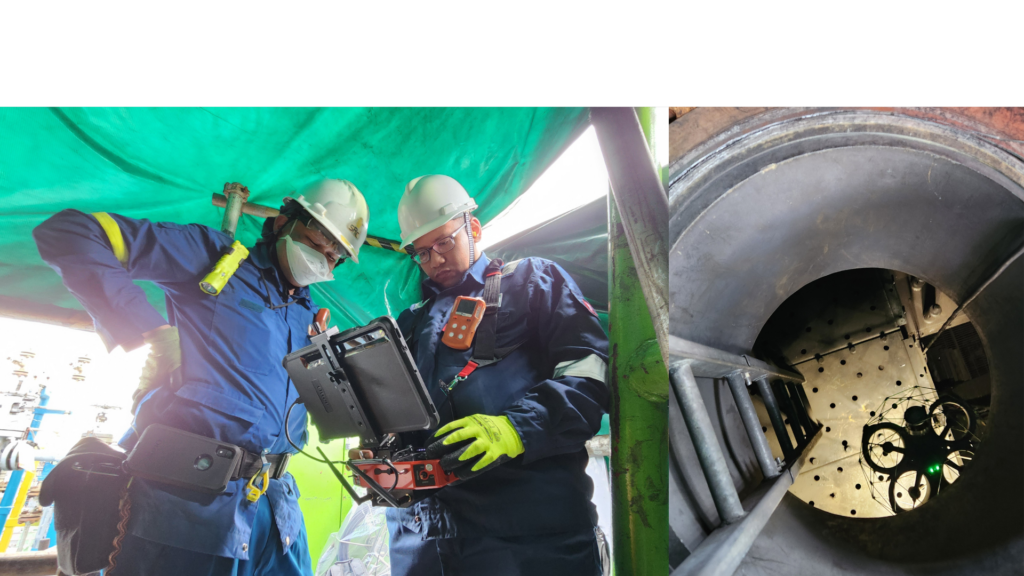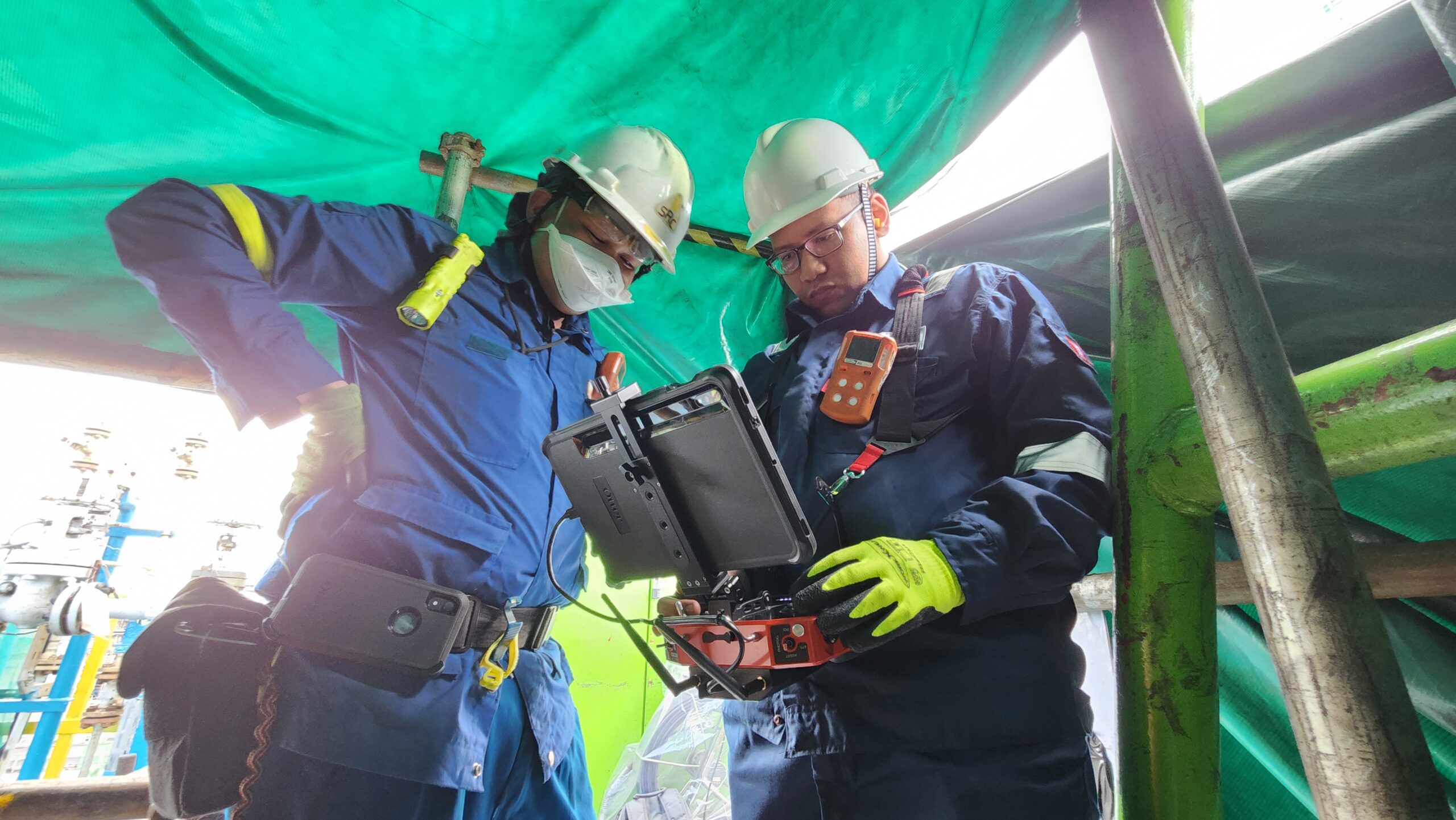Background
Oil refineries are large industrial plants that process crude oil into various refined products such as petrol, diesel, fuel oils, kerosene, and LPG. These sprawling complexes contain extensive piping and numerous chemical processing units, including distillation columns, reactors, and pressure vessels.
To ensure optimal performance, these processing units require thorough inspection during periodic shutdowns. However, many of these units, particularly large vessels, are confined spaces. Conducting inspections often involves confined space entry, which can require rope access or scaffolding.
In such scenarios, confined space drones like the Flyability Elios 3 offer a safer, more efficient alternative. The Elios 3 eliminates the need for manual entry into confined spaces and work at height, offering several key advantages for refinery inspections.
The Elios 3: A Safer, More Efficient Alternative
The Elios 3 is specifically designed for use in GPS-denied environments, providing stable flight in confined spaces. Its compact design allows it to navigate through narrow access points and make direct contact with structures. The onboard LiDAR system generates real-time 3D maps of the surroundings, improving situational awareness for the operator. The system also allows operators to tag defects or points of interest (POIs) with precise location data on the 3D map.

Benefits of Using the Elios 3 for Inspections
- Enhanced Safety: The drone eliminates the need for operators to enter confined spaces or work at height.
- No Scaffolding Required: Inspection can be carried out without the need for scaffolding or rope access, reducing setup time and complexity.
- Speed and Efficiency: No need for ventilation during inspection, allowing for faster operation.
- Ease of Deployment: Quick to deploy in tight, challenging spaces.
- Increased Frequency of Inspections: Easier and faster inspections enable more frequent checks.
- 3D Visualisation and Repeatability: Real-time 3D mapping improves accuracy and allows for repeated inspections with precise comparability.
Case Study: Proof-of-Concept (POC) Inspection in an Oil Refinery Reactor
A Proof-of-Concept (POC) inspection was conducted in a reactor vessel at an oil refinery to compare the Elios 3 with traditional inspection methods. The inspection objective was to visually assess four diplegs — vertical, pipe-like structures within the reactor. The reactor vessel is cylindrical, with a diameter of 10 meters and a height of 25 meters. The diplegs extend vertically along the entire height of the vessel near its walls.
Typically, scaffoldings are erected inside the vessel to facilitate inspections. In this POC, the Elios 3 was deployed alongside the traditional method (scaffoldings) for comparison in terms of effectiveness, efficiency, and safety. The Elios 3 video footage clearly captured the presence of scaffoldings during the inspection.
The Elios 3 was piloted into the reactor via a flange opening at the top. Once inside, the drone navigated sequentially to each of the four diplegs. The operator maneuvred the drone slowly and stably around the diplegs, ensuring full visual coverage of the weld seams at the top of each dipleg. The drone’s precise control enabled detailed inspection of the entire circumference of each seam.
The real-time 3D map generated during the flight allowed the pilot to track the drone’s exact location within the vessel, ensuring accurate identification of each dipleg. Defects or points of interest were tagged with precise location data, enabling easy follow-up inspections.
The entire inspection process was completed in half a day, demonstrating the speed and efficiency of using the Elios 3 compared to the traditional scaffolding method.
Q&A
Click edit button to change this text. Lorem ipsum dolor sit amet, consectetur adipiscing elit. Ut elit tellus, luctus nec ullamcorper mattis, pulvinar dapibus leo.
Click edit button to change this text. Lorem ipsum dolor sit amet, consectetur adipiscing elit. Ut elit tellus, luctus nec ullamcorper mattis, pulvinar dapibus leo.
Click edit button to change this text. Lorem ipsum dolor sit amet, consectetur adipiscing elit. Ut elit tellus, luctus nec ullamcorper mattis, pulvinar dapibus leo.
Click edit button to change this text. Lorem ipsum dolor sit amet, consectetur adipiscing elit. Ut elit tellus, luctus nec ullamcorper mattis, pulvinar dapibus leo.
Click edit button to change this text. Lorem ipsum dolor sit amet, consectetur adipiscing elit. Ut elit tellus, luctus nec ullamcorper mattis, pulvinar dapibus leo.


